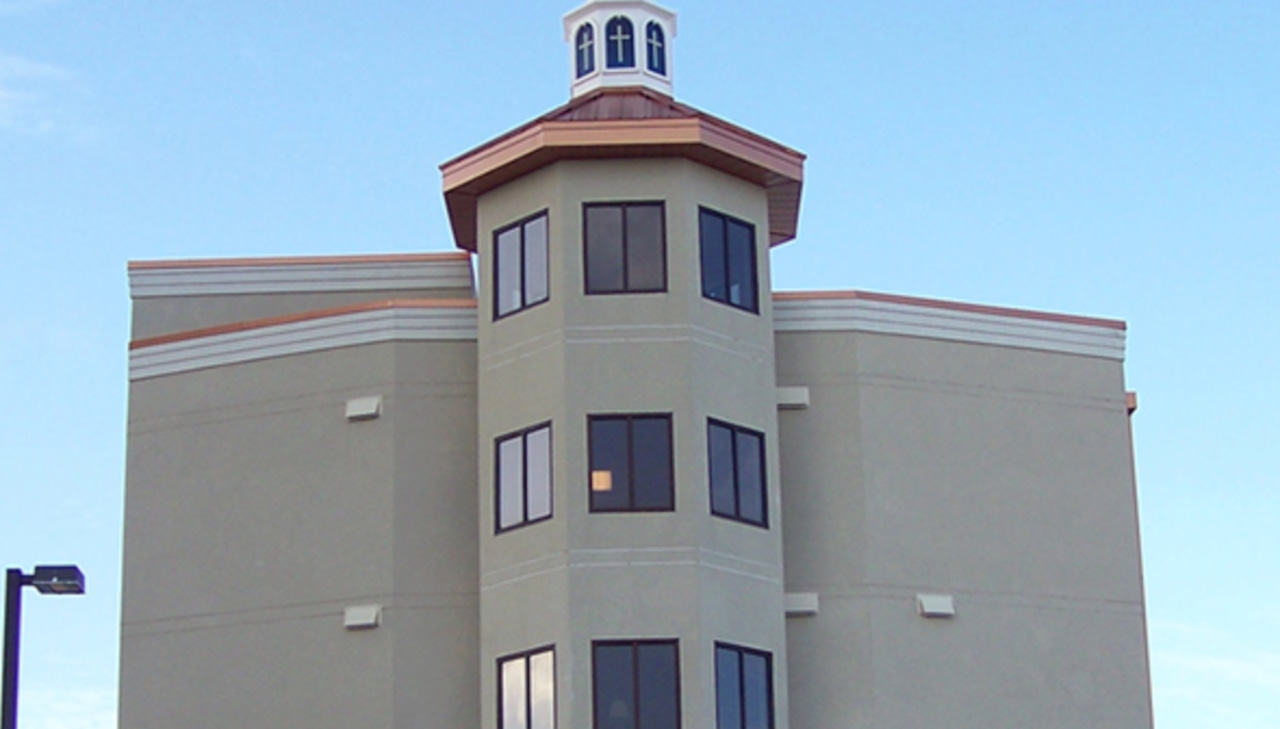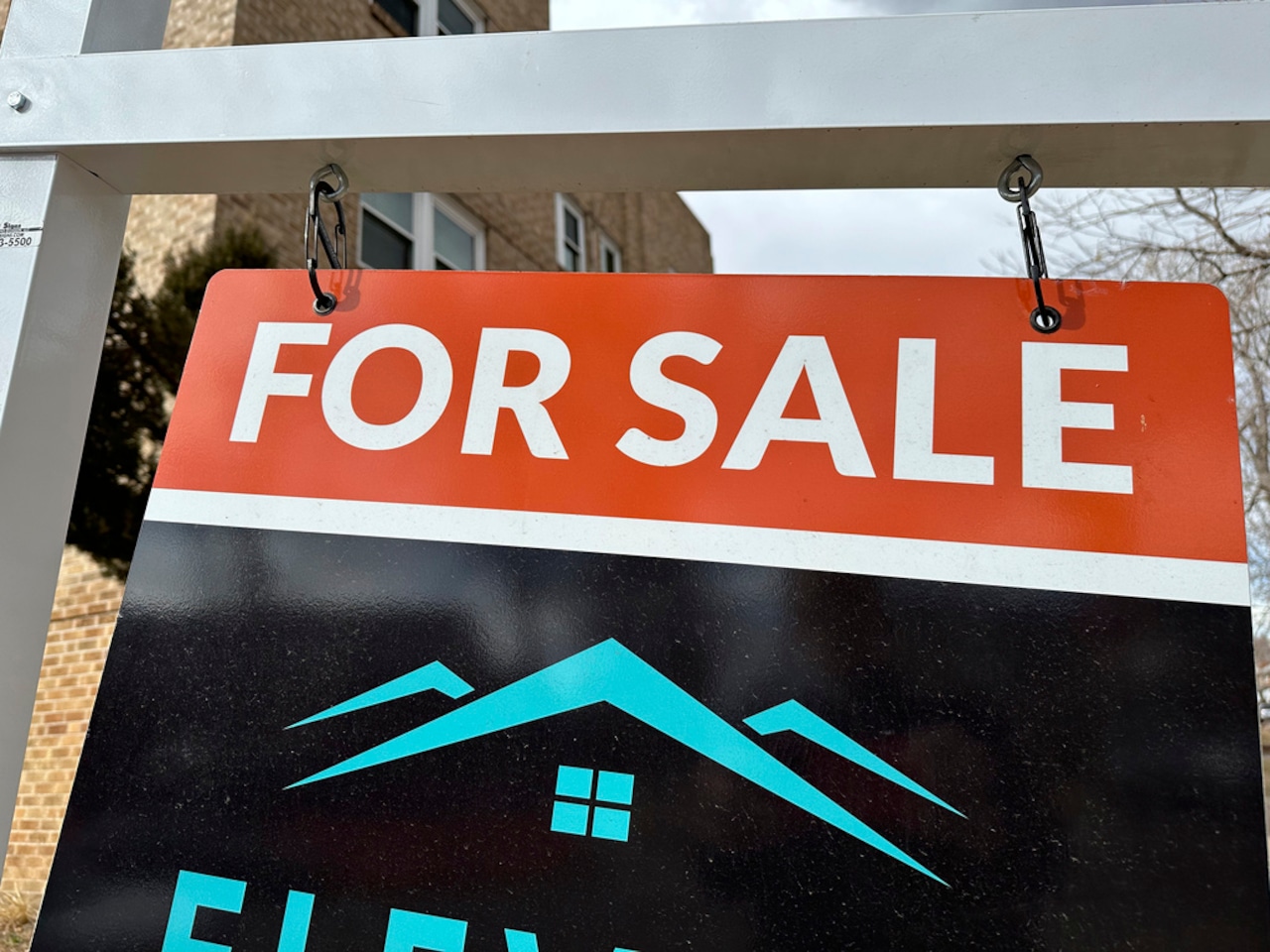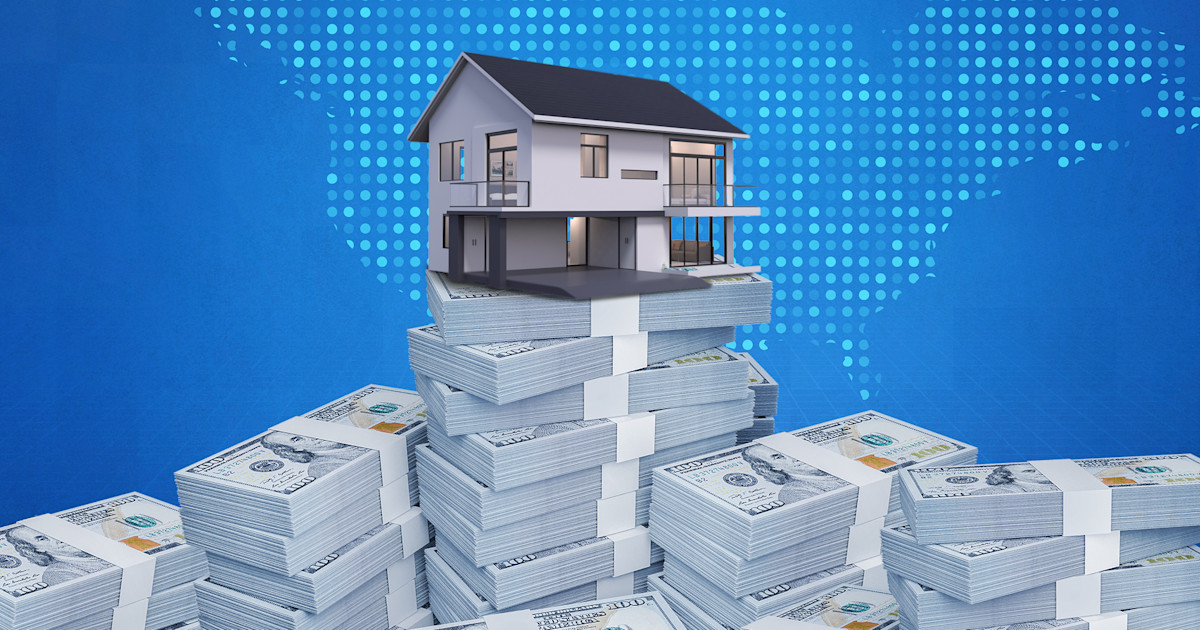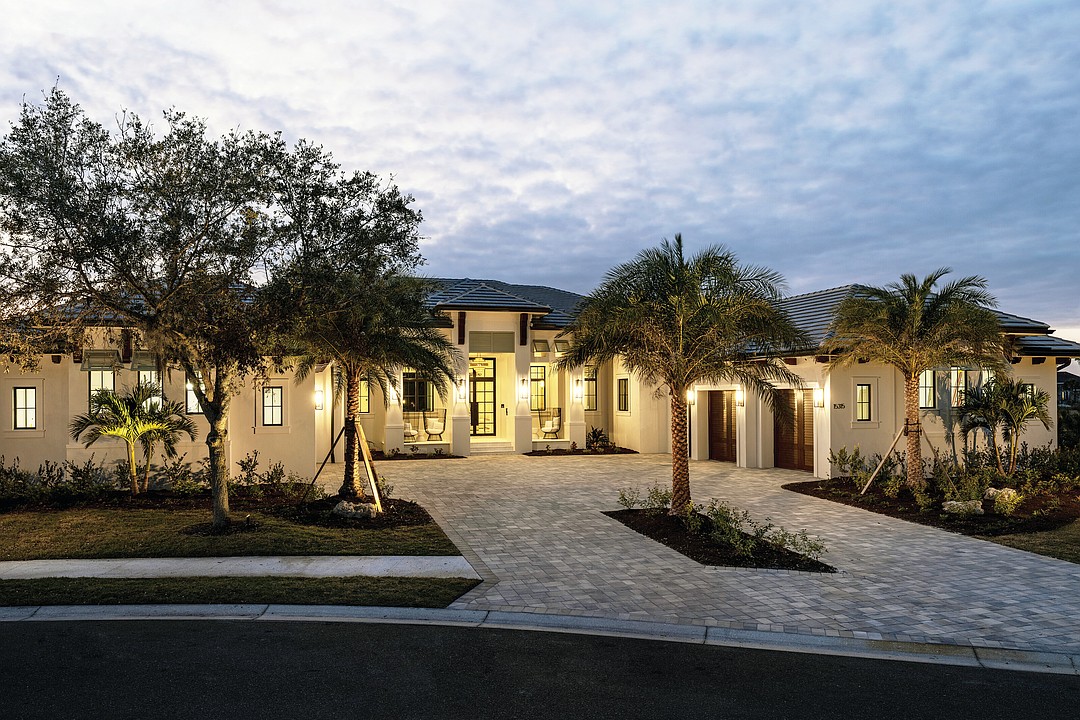M
anhattan's Real Estate Landscape: A Shift from Extremes to Equilibrium
New York City, the epicenter of resilience, has long defied predictions of decline. From the 1975 "Ford to City: Drop Dead" headline to the present day, Manhattan's real estate market has consistently demonstrated an ability to adapt and thrive in the face of adversity.
According to Jared Antin, managing director of Midtown brokerage Elegran, the current market is characterized by a stabilizing force that sets it apart from previous cycles. "After years of feast and famine, Manhattan real estate is no longer lurching between extremes," he notes. "It's now operating at a measured, sustainable pace."
The past decade has seen a pendulum swing between record-low rates and inflation-driven rate hikes. However, instead of reverting to another extreme, the market has fostered long-term discipline. This shift has led to an uptick in demand for once-overlooked pockets along the Hudson River, such as Hudson Yards and West Chelsea.
In March 2025 alone, over 2,000 new listings hit the Manhattan market, a 44% increase from February and 15% year-on-year. Contracts signed climbed 30% month-over-month and 11% annually, driven by life-cycle moves rather than momentum trades. Antin attributes this to fundamentals favoring Manhattan once again.
The median price per square foot now sits at $1,397, a 6.2% annual gain and within arm's reach of the eight-year ceiling set in 2016. Trophy townhouses, Greenwich Village co-ops, and Hudson-hugging high-rises are among the selectively increasing inventory.
Global wealth circles back to Manhattan as a global gateway city with a well-earned reputation for resilience. The luxury market is driven by conviction capital – family-office money seeking generational diversification, overseas investors escaping weaker currencies, and domestic buyers prioritizing lifestyle and legacy over leverage.
For these UHNW buyers, three realities set Manhattan apart: its tight footprint keeps supply scarce, liquidity rarely dries up, and durability is baked into the borough's DNA. Unlike pandemic boomtowns now nursing price compression, Manhattan's real estate offers tangible, usable value that isn't immediately correlated with public markets.
The buyers signing contracts this spring are not chasing quick flips; they're buying a mansion's worth of square footage for heirs, tax planning, and footholds in a city that forever attracts money, media, and culture. They're less rate-sensitive, more quality-obsessed, and newly appreciative of the subtle inventory uptick.
Manhattan real estate holds up while other assets twitch due to its unique combination of emotional and financial stability. It's a built-in hedge against inflation and a ballast during turbulence – a tangible asset that won't crater because a meme stock sneezes.
In the face of global economic uncertainty, erratic equity markets, and geopolitical tension, Manhattan's real estate market offers a reassuring presence. A condo on Fifth Avenue will still welcome you with views of the Flatiron Building and sleek chevron-patterned flooring, even as the world outside becomes increasingly turbulent.
Stability may lack the fireworks of a bull stampede, yet it may prove more profitable. Manhattan has entered what feels like a long-overdue equilibrium – a measured rhythm that suits both end-users and patient investors. The skyline, ever restless with cantilevers and cranes, reminds us that even times of serenity are rarely dull; they're merely intervals when architects refine blueprints and capital finds its next long-term berth. History suggests those who read such interludes correctly tend to be rewarded.















